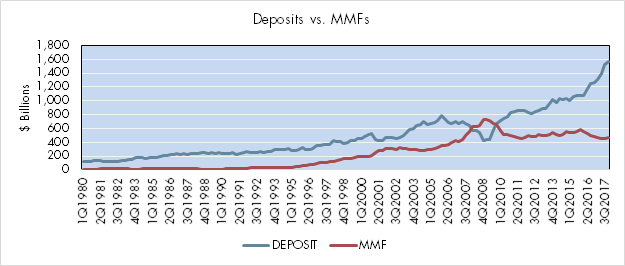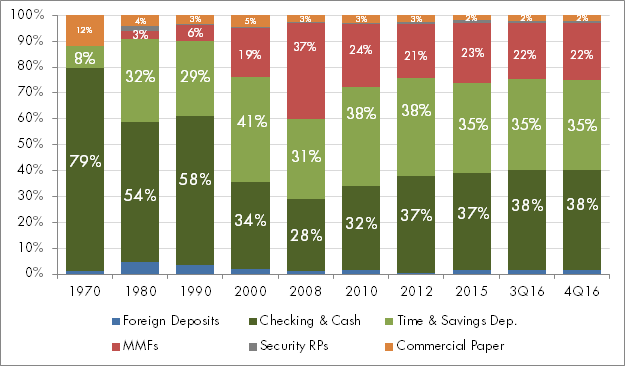The Banks Are Alright
5 min readThe COVID-19 pandemic produced the first major test for the U.S. banking system since the 2008 global financial crisis. At the start of the pandemic, questions were posed about how bank balance sheets would hold up amidst a period of social isolation, lockdowns, elevated job losses and a severe contraction in output. Would the banks’…



